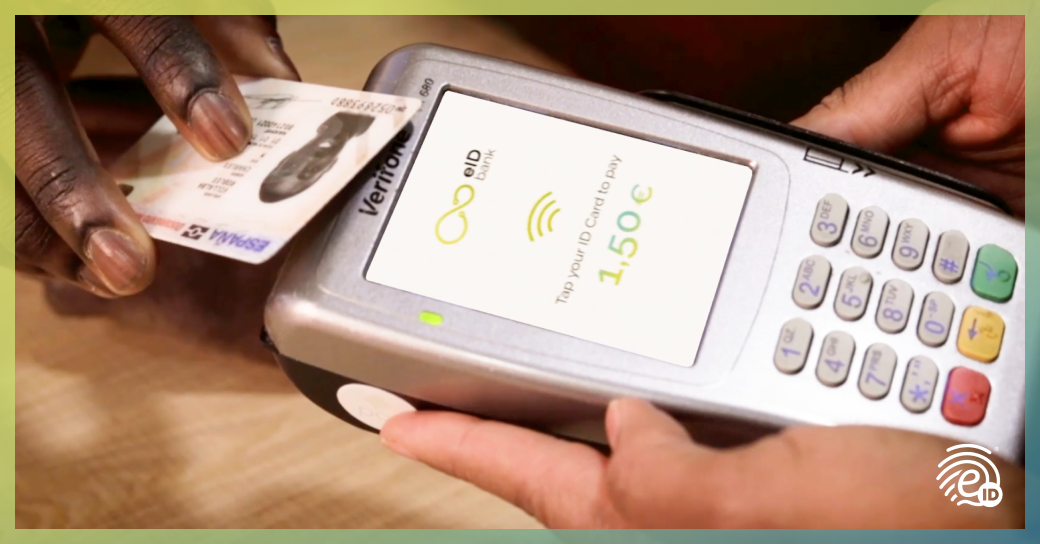ID verification is a common process in the framework of online and remote operations. However, for many activities, it turns from something habitual to an obligatory and necessary procedure.
In sectors such as banking, finance or telecommunications, procedures for carrying out certain operations and activities are regulated and must meet a series of requirements in order to be carried out. This is where ID verification comes in.
What is ID verification?
ID verification is known as the digitized process of a person’s identity verification. It is a necessary process to ensure that the individual who is performing an operation corresponds to who he says to be.
This procedure is used both offline and online to access certain types of operations and activities. However, it is on the online sphere where this process stands out and becomes essential to avoid fraud and potential criminal actions.
Performing ID verification ensures that it is a real person who is requesting or carrying out the action, not a fraudulent system and legitimizes the verified person to perform the transaction in a technically and legally secure manner.
In banking and finance, two of the main sectors where ID verification is a necessity, the process is known as KYC (Know Your Customer) for the offline reality and eKYC (Electronic Know Your Customer) for the online environment.
Download here for free our guide on ID verification and discover how to boost your online business.
Low-risk processes
Identification and management of potential risks to which a company or institution is exposed to within the development of its activities is a major aspect that occupies a large part of the concerns and challenges that organizations have.
Assessing these risks and defining categories is an important practice to ensure the viability of the various activities and operations. Here, operations and compliance departments work together, understanding the consequences of the normal development and operation of the company.
Laws and regulatory standards and operational nature of the activities that are performed in the company, both online (RegTech) and offline, mark the way forward on this evaluation, assessment and understanding of risk levels according to the operation.
Thus, needs will adequately and optimally define pertinent requirements for each operation according to their level of risk. That is why unnecessary processes will not be required to carry out low-risk activities and we will not endanger users and the company in sensitive operations.
For medium and high-risk operations, streaming video identification is the only possible method to make the operation feasible. It is an agile and simple process that strictly complies with the most demanding regulations regarding ID verification and AML (Anti-Money Laundering) controls.
However, for low-risk operations such as, for example, those concerning low amounts, microcredits, home or car insurance, identification by streaming video is not mandatory.
ID verification through image
Although video identification is the most secure and reliable method for ID verification, solutions image-based have been developed to verify the identity of users in low-risk processes.
Identification solutions that allow identity verification through the taking of images of ID documents and selfie photographs of the user to be are, on some occasions, appropriate for this type of low-risk process. However, these selfie-based methods do not meet AML and KYC regulatory standards, especially in the banking and financial sectors.
From eID, with extensive experience in the FinTech and RegTech sectors, we always bet on ID verification methods based in real-time streaming video and secure recognition of documentation with artificial intelligence and machine learning, to rigorously comply with the most demanding commands and mitigate risks for companies and users to zero.
Find out here all the details about digital video identification solution here.
ID verification process in low-risk operations

ID verification through images and selfies is a valid technology for operations and activities that do not require a high level of technical and legal security. It is a basic and standard solution that runs as follows:
- The user takes a photo of the front of his ID document or passport.
- Users take a photo of the back of their ID document.
- Selfie photographs of the user may or may not be required, in a complementary and optional step.
- The technology extracts data from the ID card or passport and validates its authenticity.
It is a quick and simple process that only requires a device with a camera (PC, mobile, tablet…) and an internet connection to perform it.
This solution is granted as an alternative for those companies that prefer not to opt for a comprehensive ID verification solution, offering their users moderate security to perform onboarding and digital customer registration or to carry out low-risk operations such as those previously mentioned.
PictureID, simple and agile ID verification in low-risk processes
PictureID is Electronic IDentification’s ID verification solution for low-risk operations and activities.
In addition to the usual standard process, eID’s image-based process includes automated controls to verify the authenticity of the photographed ID documents. It can also include biometric cross between requested selfies and the image that appears on the ID card or passport, for greater security.
With exquisite and optimized user experience and a flexibility that allows its integration under any company’s own software, it serves organizations of all sectors to identify users in all types of processes.
Contact eID through this form and request information on ad hoc solutions for digital user identification.





